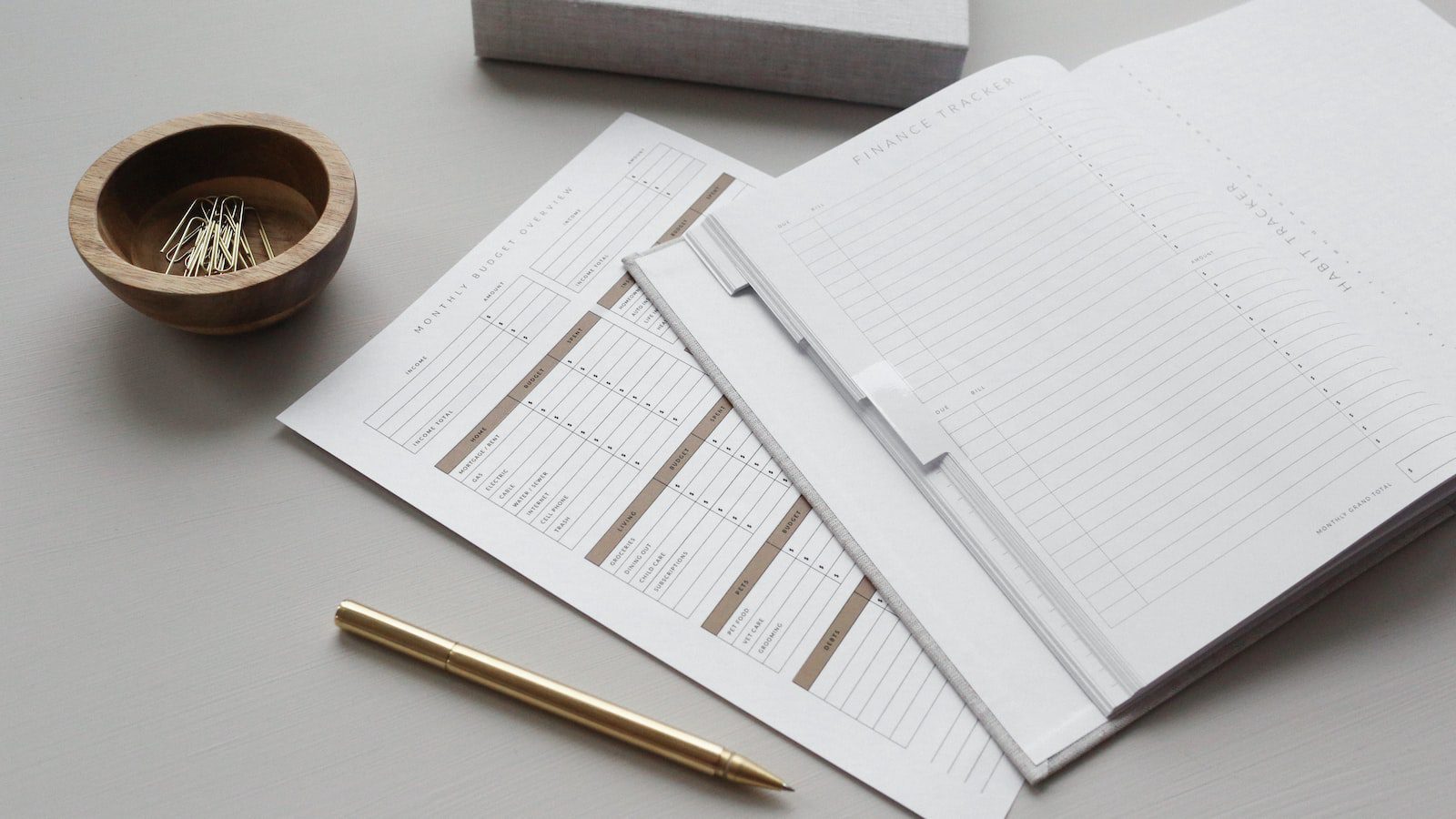Creating a budget that works can be the difference between stress and financial security. It can help you avoid unplanned expenses and wastage of money. A budget allows you to prioritize and take into account both unexpected costs and future financial goals. Here is a step by step process on how to create a budget that works.
1. Outline Your Income & Expenses
The first step to creating a budget is to take inventory on what regular income and expenses you have. This should include your salary, additional income sources, fixed costs, and variable costs. You should also list any additional savings or investments.
2. Add Up Your Monthly Incomes
Start with your monthly income. This includes your salary, and any additional income sources, such as earnings from a side job. You should also include any additional certain income sources, such as rental income, child support payments, or disability benefits. Add up all of your income sources to give yourself an accurate and real-time overview of your total income for the month.
3. Identify and Track Your Expenses
List out your monthly expenses. This includes fixed costs, such as rent, a car payment, and credit card debt, as well as variable costs, including food, entertainment, and your day-to-day spending. You should also list any additional unforeseen and variable expenses you may encounter during the month.
4. (Optional) Set an Allowance for Yourself
You may want to consider setting an allowance for yourself. This will allow you to budget for small, everyday purchases like coffee and snacks, preventing you from overspending each month.
5. Calculate Your Total Monthly Expenditures
Once you have all of your expenses listed out, add them together. This will give you an accurate representation of your total monthly expenses.
6. Compare Your Income and Expense Totals
Compare your income and expense totals. Is there a sizable difference? If so, you have more freedom to use that extra money for savings.
7. Adjust Your Expenses to Your Income
If you find that your income and expense totals are roughly equal, you still have some wiggle room to adjust your expenses to fall in line with your income. For example, you may want to eliminate certain expenses or cut back on certain items.
8. Set Financial Goals
Establish some financial goals that you want to achieve with your budget. Decide what objectives you want to accomplish and make sure that your budget is aiming towards those goals. For example, you may want to start a savings plan, pay off debt, or save up for a down payment on a home.
9. Track and Monitor Your Spending
It is important to regularly track how much you’re spending and how much progress you’re making towards your goals. This will help you stay on top of your budget and adjust accordingly if anything changes.
10. Reevaluate Your Budget
It is important to periodically reevaluate your budget. Check for any changes in your income, expenses, and financial goals. Make sure that your budget still works for you and is relevant to your current financial situation.
Final Thoughts
Creating a budget that works for you is an important step in achieving financial freedom. This process can seem daunting at first, but if you follow the steps outlined above, you’ll have a budget that will help you make wise and informed financial decisions. With the right budget, you’ll be one step closer to achieving your financial goals.



